The amplifier is not providing the gain you expect because the inverting voltage gain stage that consists of Q3, R11, and R12 is not designed correctly.
Due to the lack of an input coupling capacitor and appropriate dc biasing network at the base of Q3, Q3 saturates, putting the collector voltage just a bit above the emitter voltage. So instead of providing inverting gain, the collector voltage of Q3 pretty much just follows changes in the Q3 base signal.
Next, your Darlington output stage ends up dividing down the voltage by a factor of 2.25 due to the voltage divider formed by R15 and R8. So the net effect is that your amplifier has gain of roughly 1/2.25. This is reflected in your graphs, where the output seems to be approximately this 2.25 factor less than your input.
Could someone possibly point me in the right direction of some resources that may help me improve this?
It appears that you started off trying to do something like this:

(image source)
except with a Darlington output stage. Then you added feedback instead of an input coupling capacitor and dc bias network. Normally, if you want to make a feedback amplifier, your input stage would be differential, with the feedback signal brought into one of the differential inputs.
As for resources, a widely-used reference on the subject is the book Audio Power Amplifiers, by Bob Cordell.



